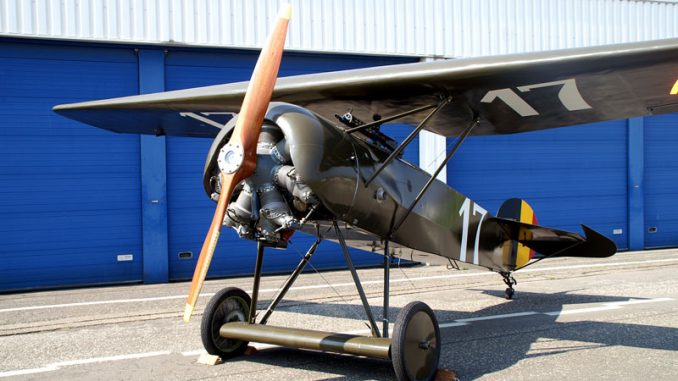
| Role | Fighter |
|---|---|
| Manufacturer | Fokker-Flugzeugwerke |
| Designed by | Reinhold Platz |
| First flight | May 1918 |
| Primary user | Luftstreitkrafte |
| Number built | approximately 381 |
The Fokker D.VIII nicknamed “the Flying Razor” by the Allies, unusual parasol-monoplane configuration was perhaps the most advanced of the war. Designed by Fokker’s great engineering, Reinhold Platz, the D.VIII was a highly maneuverable aircraft with great pilot visibility and pleasing flight characteristics and would have been a formidable opponent had it not been so late in entering the war.
Arriving to combat in August 1918, the swift and nimble fighter’s meaningful service time at the front was delayed while a wing structure problem, which caused three planes to crash, was rectified. By the time the D.VIII was again placed in service, it had very little time to prove itself in combat before the war ended. If the war has continued into the winter of 1918-19, would have replaced the Fokker D.VII as the preeminent German fighter.
Today, only a single authentic D.VIII exists (in the Museo Dell’Aeronautica Gianni Caproni in Trento, Italy).
General characteristics
- Crew: One
- Length: 5.86 m (19 ft 4 in)
- Wingspan: 8.40 m (27 ft 6.75 in)
- Height: 2.80 m (9 ft 3 in)
- Wing area: 10.7 sq m (115.5 sq ft)
- Empty weight: 384 kg (848 lb)
- Max takeoff weight: 562 kg (1,238 lb)
- Powerplant: 1 x Oberursel UR.II, 82 kW (110 hp)
Performance
- Maximum speed: 204 km/h (127 mph)
- Service ceiling: 6,300 m (20,670 ft)
Armament
- 2 x 7.92 mm Spandau MG08 machine guns
Variants
- V 26: Initial prototype.
- V 28: Prototype fitted with either the 108 kW (145 hp) Oberursel Ur.III, or the 104 kW (140 hp) Goebel Goe.III rotary engines.
- V 30: Single-seat glider.
This replica Fokker D-VIII was built in 1991 by Ron and Vince Arganbright. The original Fokker was known as the ‘Flying Razor’ and was renowned for its high speed and unmistakable with its small wing between the landing gear. The World War I original was powered by a 100hp Oberursel engine while this replica boasts a 250hp Continental Star engine. Maintained in airworthy condition by the Stampe & Vertongen museum.
After its crash on August 18, 2002 during the Schaffen Fly-In this aircraft was rebuild by the volonteers of the Stampe Museum in Antwerp. The original German markings were replaced by the markings worn by the Fokker D.VIII ’17’ that came in the hands of Belgian Air Force Lt.Albert Van Cotthem after the World War I armistice in 1918. He used the aircraft during various aerobatics competions. The marking ’17’ was applied during the competition at Evere on June 4th and 5th, 1921.
Photos: Rob Vogelaar, ZAP16 Group
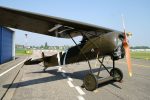
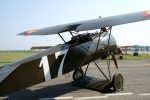
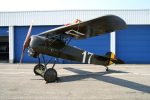
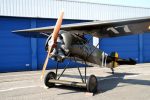
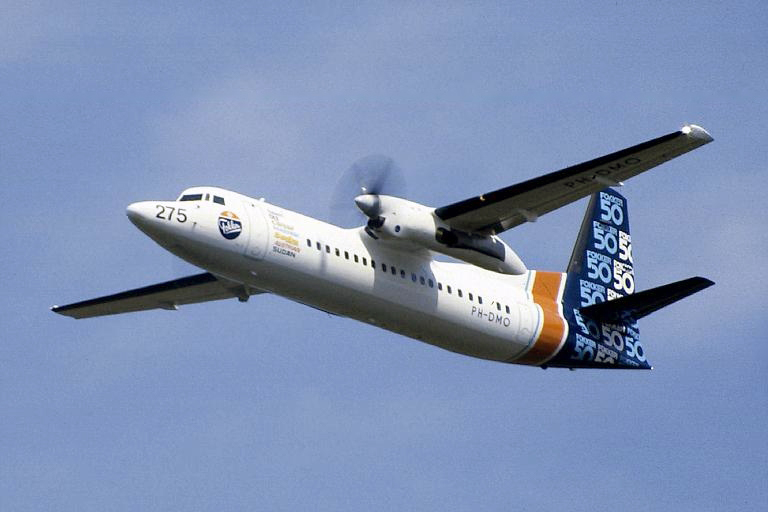
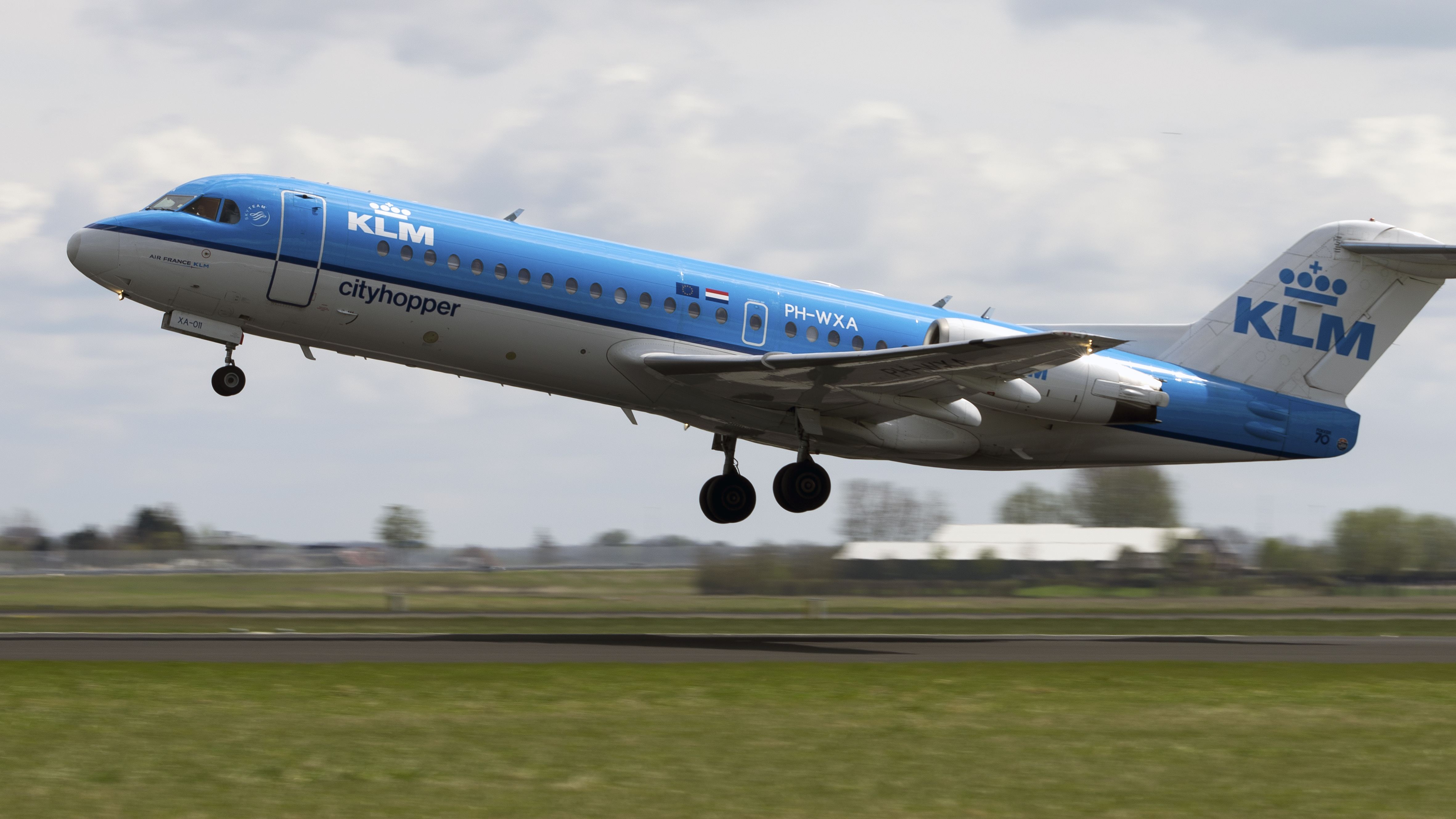
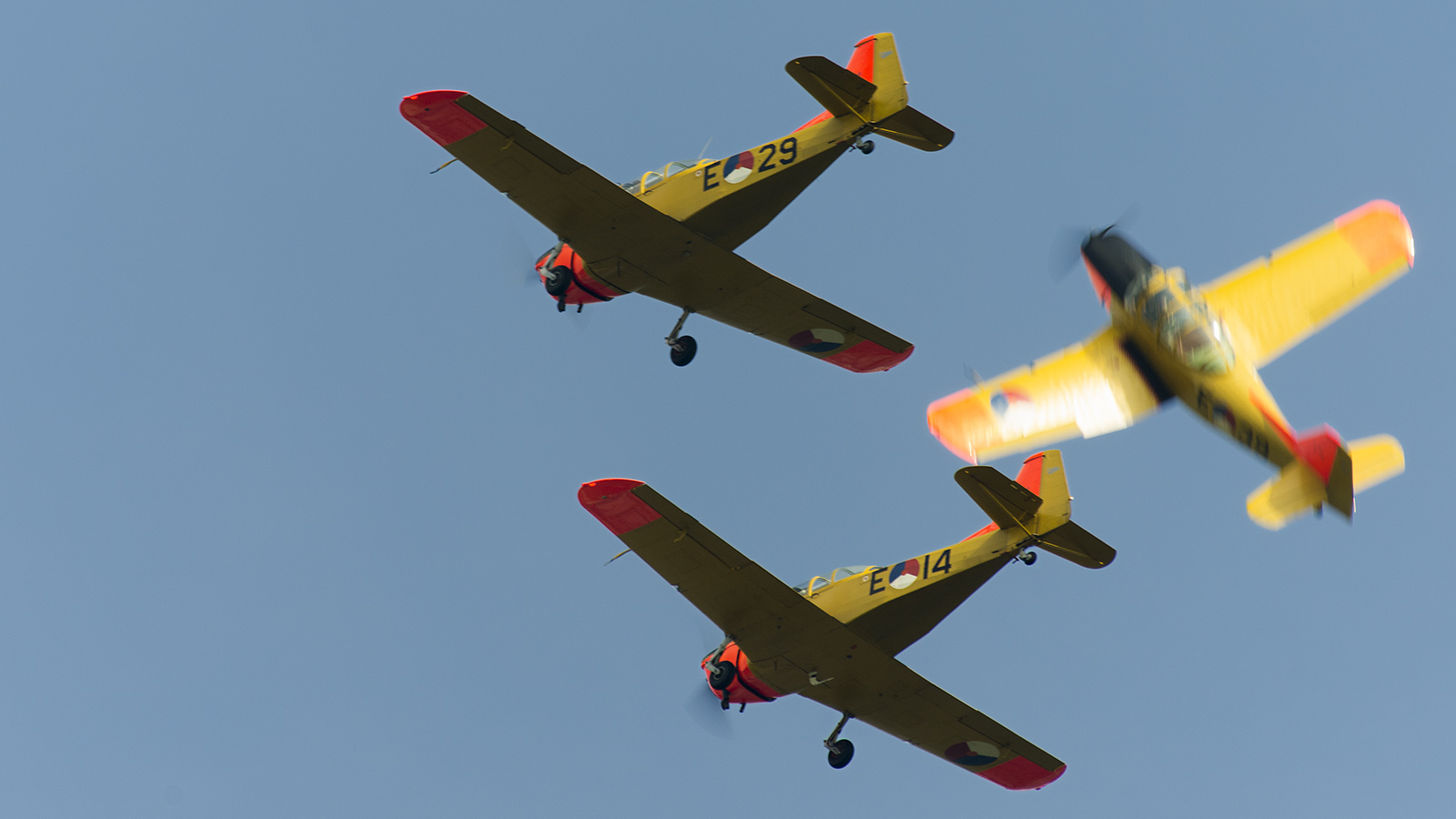
Be the first to comment